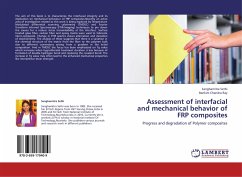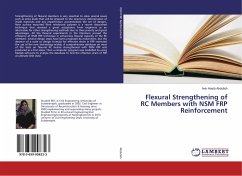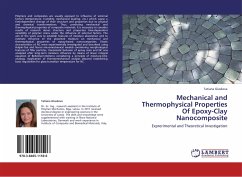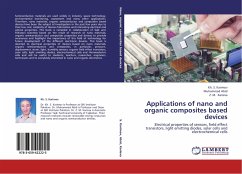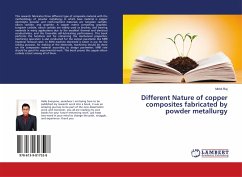The aim of this book is to characterize the interfacial integrity and its implication on mechanical behaviour of FRP composites.Recently an active area of investigation related to this work is being explored by Temperature Modulated differential scanning calorimetry (TMDSC) and Fourier Transform Infrared Spectroscopy (FTIR-Imaging) techniques to pin down the causes for a reduce stress transmissibility at the interface. Surface treated glass fiber, carbon fiber and epoxy matrix were used to fabricate micro-composite. Change in FTIR spectra shows alternation and deviation of stoichiometry. The analysis of these suggests that there is a variation in the chemical structure of the matrix from the fiber to the polymer bulk due to different conversions arising from a gradient in the initial composition. And in TMDSC the focus has been emphasized on Tg value which increases when hygrothermal treatment duration is less because of formation of double hydrogen bond and replacing the covalent bond. The increase in Tg value may often lead to the enhanced mechanical properties like interlaminar shear strength.
Bitte wählen Sie Ihr Anliegen aus.
Rechnungen
Retourenschein anfordern
Bestellstatus
Storno

